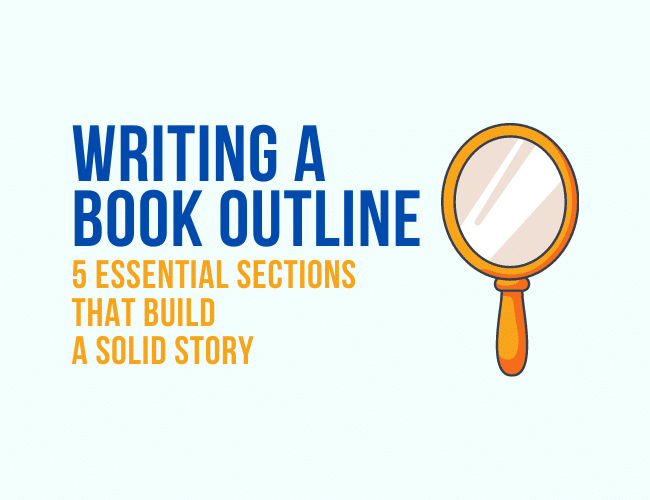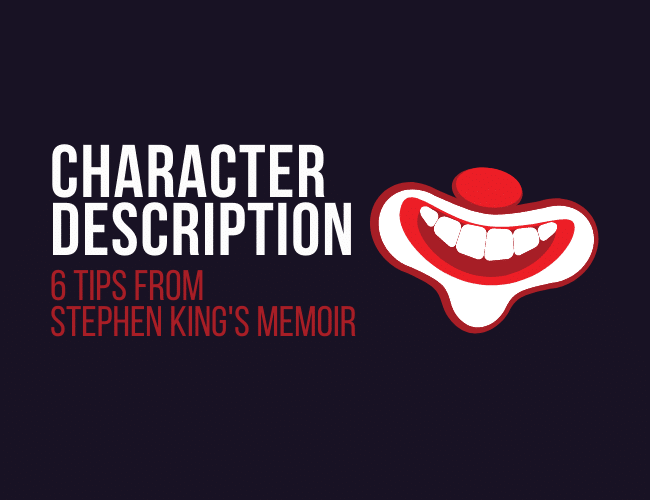
by David Safford |
When we read books, books with characters we love, we can learn how to write our own characters by studying what details the writers included. There are so many details about your characters you could include in a character description, but which ones do you need?
Let’s look at the advice Stephen King gives in his book On Writing: A Memoir of the Craft about good description and see if applies to Katniss Everdeen in The Hunger Games and Harry Potter in Harry Potter and the Sorcerer’s Stone.
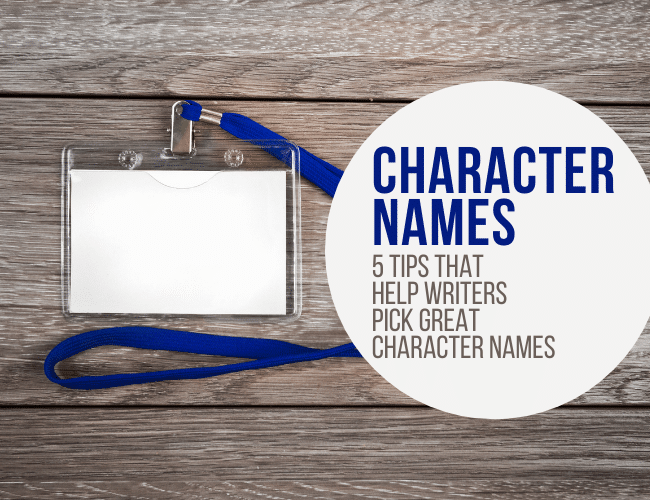
by Sarah Gribble |
Names — character names or the names of people in real life — are a big deal. Parents-to-be pore over baby name books for months looking for that “perfect” name. Even naming a pet can take time. You want the name to be perfect, to mean something, to be unique but not too “weird.”
Naming a character, especially in a longer piece of writing, can be just as agonizing and is definitely just as important.
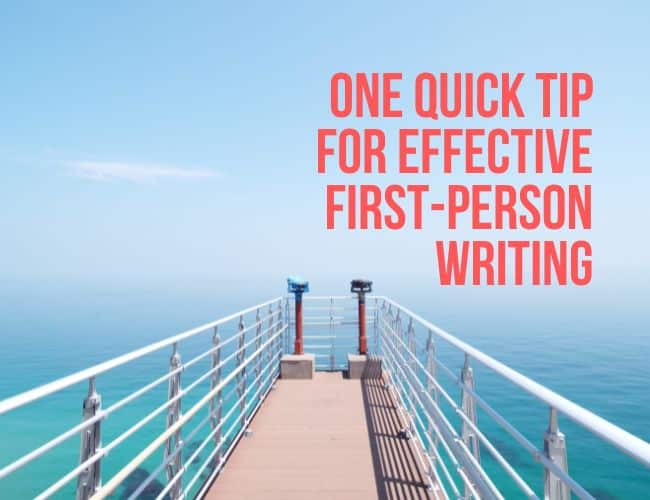
by Ruthanne Reid |
First-person perspective is kind of like cheese: some people love it, some people hate it, and when it’s poorly done, it grates.
Sorry for the pun.
I personally love first-person, and it is my joy to share one simple, quick writing tip that can help your first-person perspective writing shine: cut the filter words.
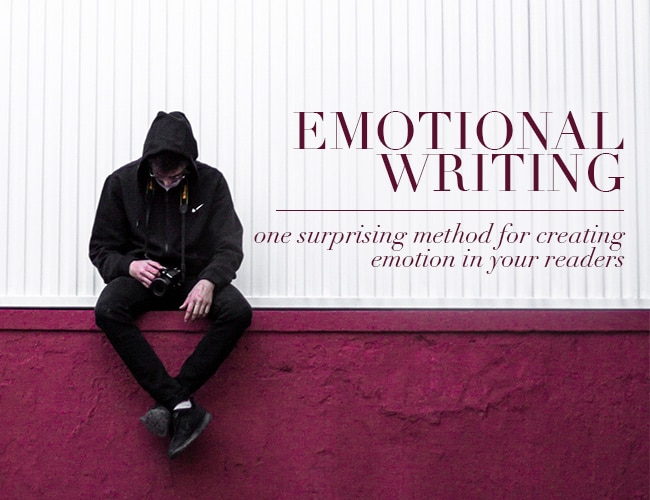
by Joslyn Chase |
As a writer, you’ve probably learned that story is not about what happens. Rather, it’s about how the events affect the protagonist. The plot points may appeal to the reader’s intellect, but you want to go deeper than that, reaching and stirring the coals of a reader’s emotions. That kind of emotional writing is when you make a real connection, establishing something meaningful between writer and reader.
But how is this done? How do you reach beyond the plot points and offer your reader something more? There are a number of ways to accomplish this, but I’m going to focus on one technique that might surprise you.
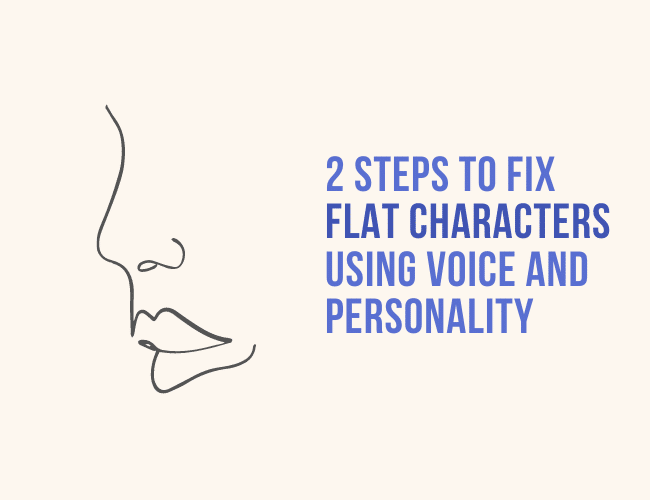
by J. D. Edwin |
You have created a character. You’ve named them and given them a colorful past, as well as lots of fun personality traits. Your character steps into your story . . . and suddenly you find that they’ve fallen flat. How can you fix them?
They’re boring. Those personality traits you meticulously picked out for them just aren’t showing up. Your character goes through the motions of the story and you wonder why this interesting, unique character you’ve worked so hard on is missing that luster you imagined.
Not to worry: there’s a simple, two-step fix to give your characters voice and personality.

